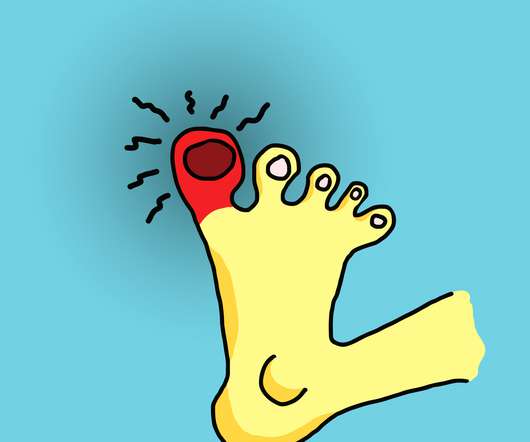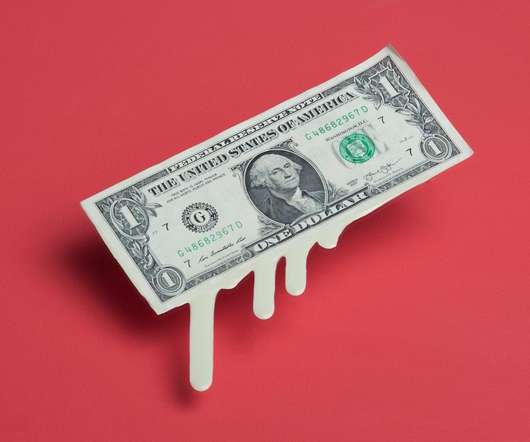Supply Chain Performance Declined In the Last Decade. The Question is Why?
Supply Chain Shaman
APRIL 9, 2021
of revenue on information technology (IT), only six percent of manufacturers drove performance at the intersection of growth and margin. Yes, companies held more inventory (measured in days of inventory) in 2019 than at the start of the 2007 recession. Despite spending 1.1% Rise in Inventories. Less Effective at Inventory Management.























Let's personalize your content